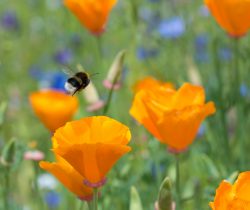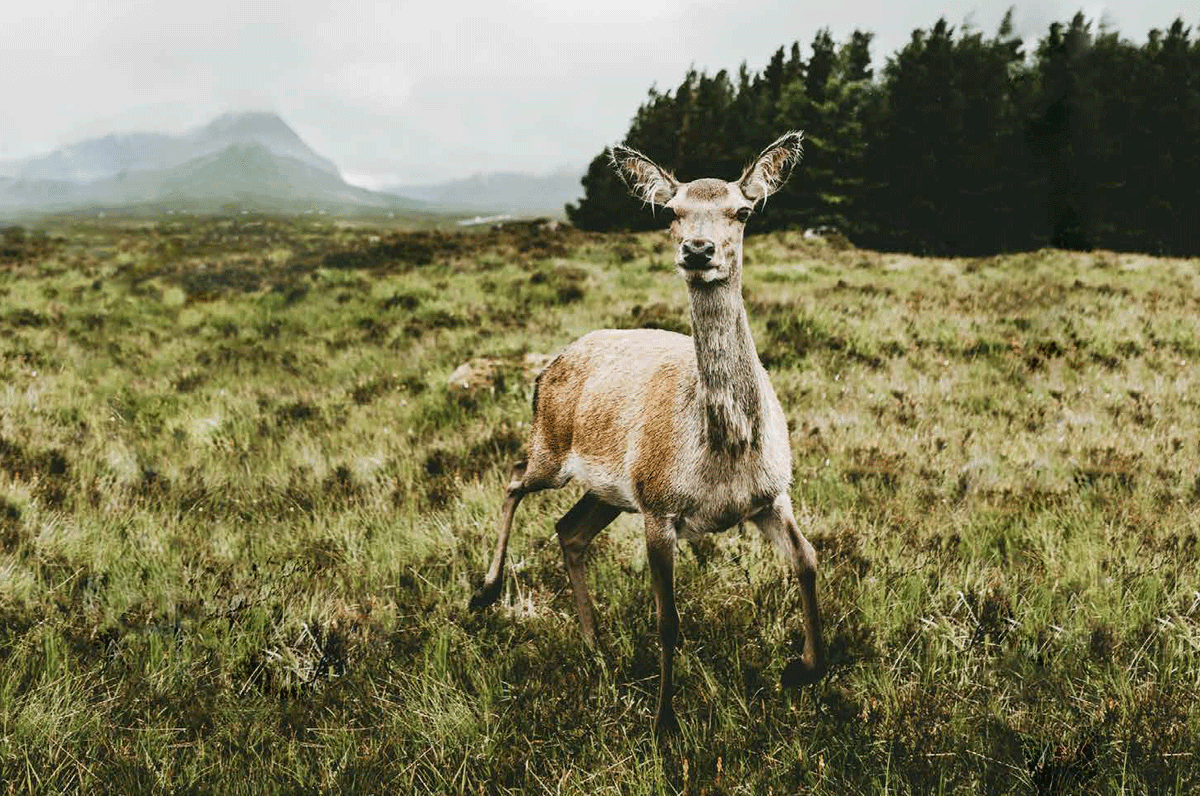Public land cannot sustain Nature’s global diversity all by itself. And it shouldn’t have to.
In the United States, about 60% of all land belongs to private landowners, meaning private landowners can become heroes in the fight to keep the planet green and conserve everything about Nature that we love. We’ve teamed up with Granite Seed to explain why private land conservation is so important, especially if you own some!
What Does “Private Land Conservation” Mean?
By definition, private land is land owned by individuals, families, or any other non-public, non-governmental entity, like a religious institution or a corporation. Whether you’re a landowner or not, everyone can play a part in conservation efforts. But if you are a “private landowner,” you have a wonderful chance to protect Nature in these five ways:
Protect Native Plants
Invasive plant species threaten native plants and make conservation more challenging. They hasten soil erosion, degrade and sometimes destroy natural areas, and are costly to remove. In addition, they can make it difficult for forests to regenerate after wildfire or flooding. In the case of invasive species, an ounce of prevention is worth a pound of cure if you want to keep your private land healthy.
One effective invasion management technique is planting revegetation and conservation seed from providers like Granite Seed. Giving your native plants a strong foothold is an excellent way to help them thrive against outside threats.
Protect Wildlife
According to the Endangered Species Act, 10% of endangered species live on private lands.
That’s why conserving privately owned wetlands, rangelands, forestlands, riparian lands, and grasslands is crucial in helping protect to protect fish, reptiles and everything from birds and bees to deer and foxes. This necessity is especially dire in habitats under siege. For example, longleaf pine forests weakened by climate change might get devoured by invasive beetles. Short and tall grass prairies can be destroyed by development and sprawl. Hardwood forests may catch fire. All of these environments provide safe havens for the wildlife we love.
Matters are especially complicated for migratory species that travel between different habitats at different times in the year and rely on those habitats to rest, refuel and reproduce.
According to researchers, endangered species lose habitat twice as fast on unprotected private lands than on protected public land. Realizing that many migratory endangered species live on private land makes a strong argument in favor of private land conservation.
It would be ideal if local, state and federal agencies could protect more land. But even if they could do more, they can’t do it all. That means that it’s even more important that private landowners do their part to manage their acres to keep endangered species alive.
Protect the Overall Environment
Unfortunately, while more than 60% of US land is privately owned, only 3% of the conserved land country-wide is private. This distribution doesn’t support the biodiversity Nature needs to thrive.
Private land cannot be left out of conversations about saving the planet. Private land conservation measures will increase the total amount of land available to restore the biological systems that sustain Nature and the animals and plants we love and treasure.
Showcase Smart Ways to Save Water and Energy
Private landowners can be leaders in how they manage their own property. They can find money-saving ways to reduce waste and conserve water. They can install solar collectors on buildings and over parking lots to reduce carbon emissions and showcase clean energy technologies. Their fleet vehicles can be electric or plug-ins to minimize gasoline use. They can maintain their landscapes organically to reduce polluting runoff.
Create More Open Space to Offset Sprawl and Enjoy Nature and the Outdoors
According to a Center for Western Priorities report, state lands, national forests, and federal wilderness are not as close to communities as private land is. That means more private land conservation efforts could result in creating more open space that offsets sprawl and urban development. Potentially, private lands (especially those that are part of corporate campuses and the grounds of religious institutions) can also make it easier for people living nearby to enjoy Nature and the outdoors.
Private Land Conservation Matters!
Taking steps to maximize private land conservation makes sense in so many ways! For more suggestions, see Tools for Conservation on Private Lands.
NOTE: Content partnerships underwrite our ability to provide you the expertise you need to lead the greener life you want. All editorial opinions remain our own.
















